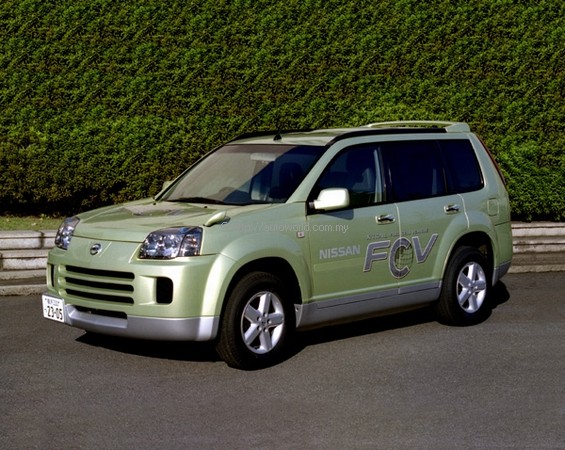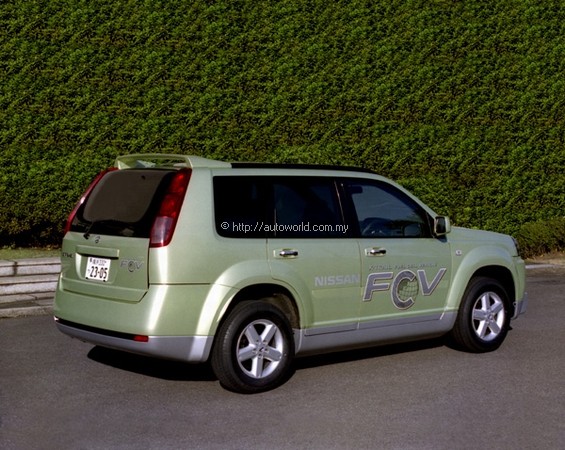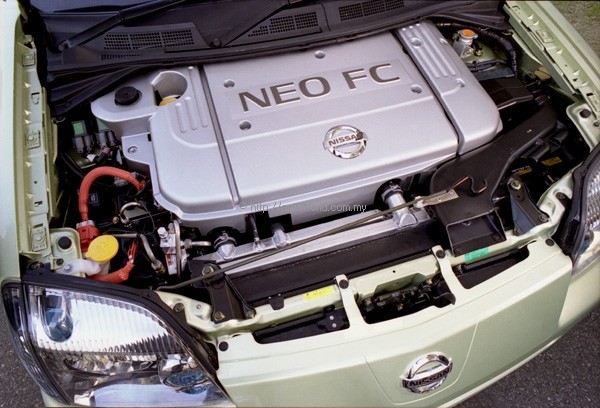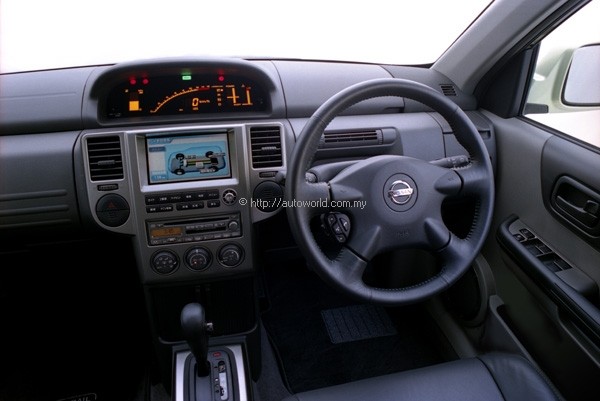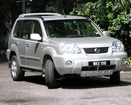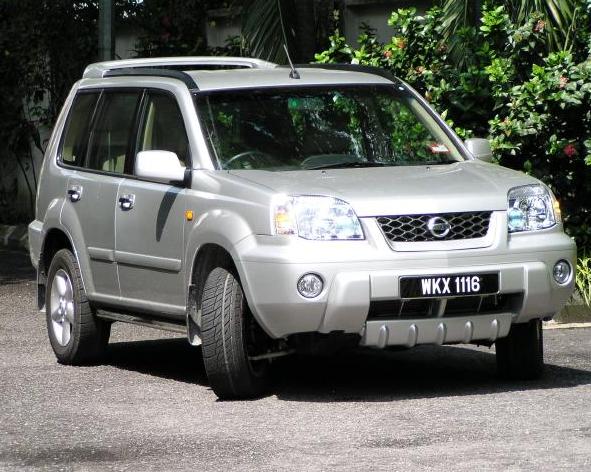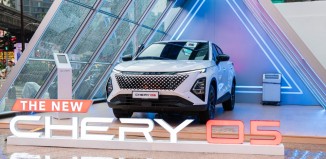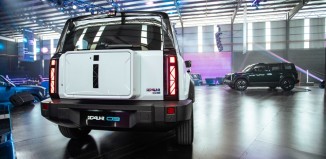X-Trail of the Future
Like many automakers, Nissan is very committed to finding solutions that will reduce pollution by the internal combustion engine that has been with us for over a hundred years. Among the various alternative powerplants it has been working on, the fuel-cell shows the most promise and has received much focus in recent years.
Last year, Nissan began road-testing its hybrid fuel-cell vehicle (FCV) which is based on the X-Trail model and this year, following feedback from the tests, an improved X-Trail FCV has been produced. This new model, which also has some new technologies, is offered on limited lease, two years ahead of the original schedule.
The latest X-Trail FCV is fitted with a high-power motor that generates maximum power of approximately 85 kW/116 ps, about 1.5 times more power than the 2002 model, enabling the vehicle to deliver powerful driving performance and a top speed of 145 km/h. The cruising range has also been extended 1.75 times to more than 350 kms. The increase was accomplished by adopting Nissan’s Compact Lithium-ion Battery and a fuel-cell stack that operates with superior efficiency.
Unveiled at this year’s Tokyo Motor Show, the Compact Lithium-ion Battery features high power density, outstanding cooling performance and a compact design. This battery also contributes to a substantial improvement in interior space efficiency as a result of adopting a newly-developed thin, laminated cell in place of the conventional cylindrical cell.
The use of a laminated cell as an automobile battery, which has a high current rate, requires larger terminals. The sealing performance of the cell also becomes an issue because of the gas produced by repeating charging and discharging cycles.
In addition, the thin cell construction improves cooling efficiency dramatically and also allows excellent vehicle mountability, making it possible to achieve a low, flat floor. These and other advantages lead to compact, highly efficient vehicle packaging when the laminated cell is applied to hybrid vehicles and fuel cell vehicles.
Nissan’s approach to technological development is that it must be useful, affordable, pragmatic and easy-to-use. One good example is the e-4WD system, an outgrowth of Nissan hybrid car research applied in the March and Cube. The e-4WD is a compact, lightweight four-wheel drive system. Sensors perceive the amount of slip in the front wheels, applying electricity as needed to an electric motor driving the rear wheels. It provides the increased fuel economy of on-demand 4WD and eliminates the heavy propeller shaft and transfer case normally needed to supply power to the rear wheels.




